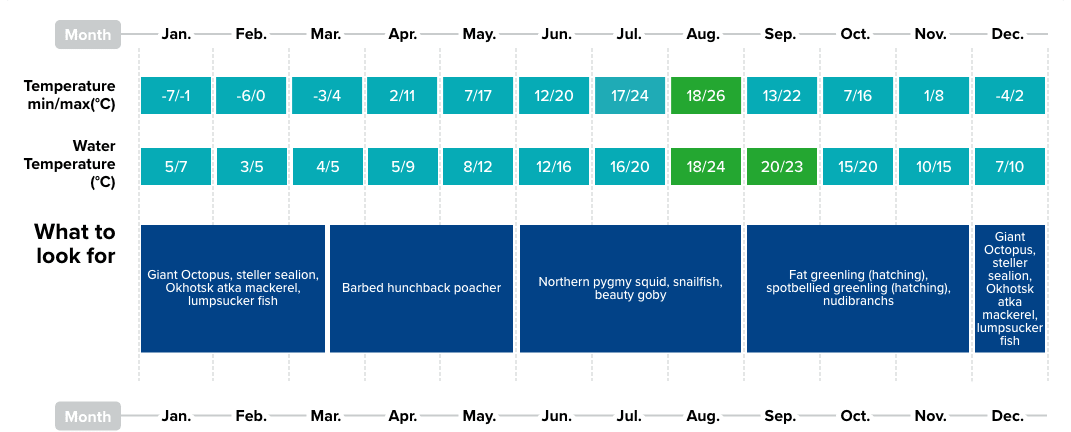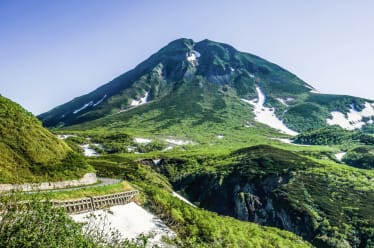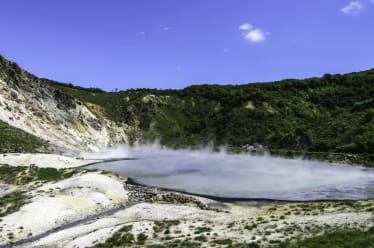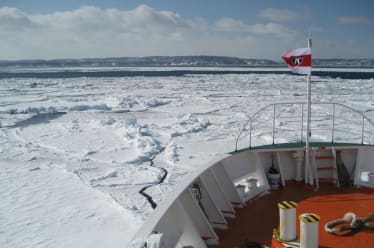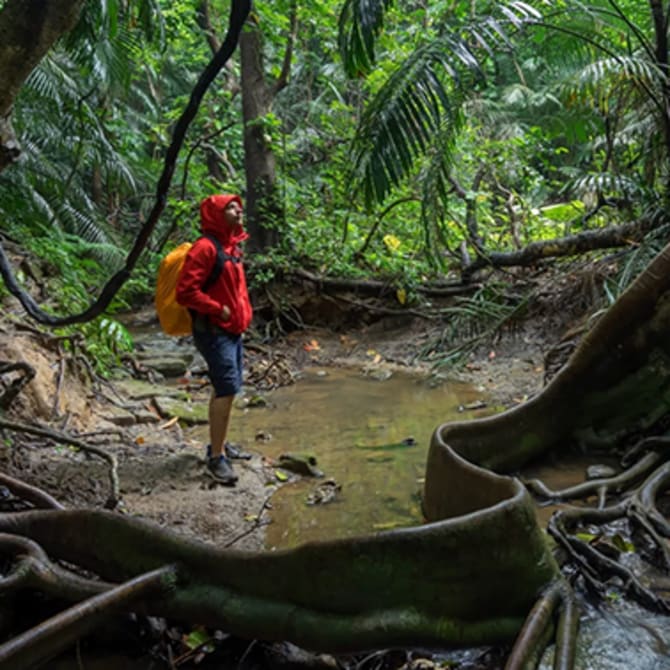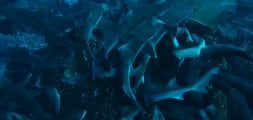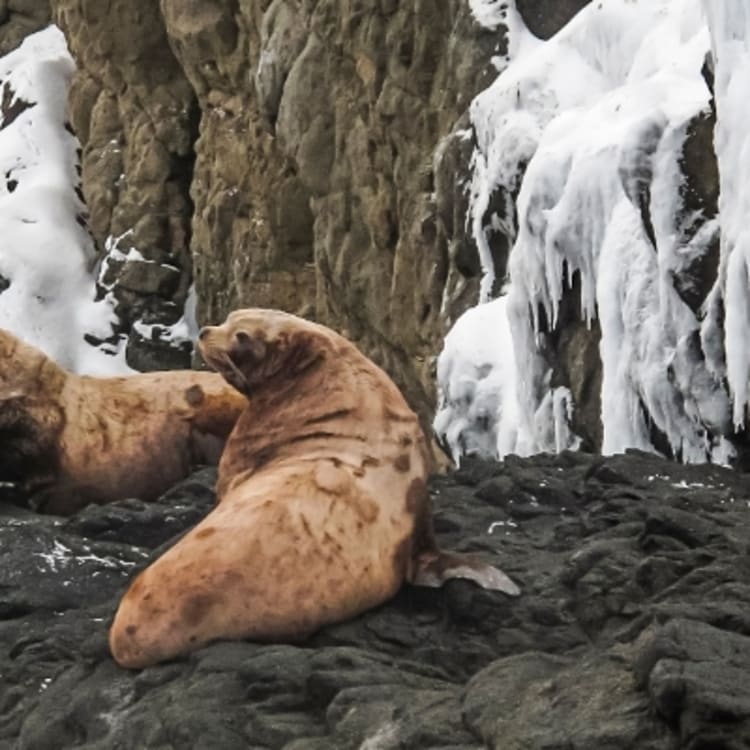
Hokkaido Diving Guide
Hokkaido is the most northern of Japan's four main islands and is home to one of the country's wildest frontiers, especially in the winter. Because of its northern position, the climate in Hokkaido is much cooler than that of Tokyo. During the winter months, it snows regularly, and the temperature drops below zero, but it is during this season that many enthusiastic divers come to visit and explore the underwater world.
Although there are many dive sites scattered along the coastlines of Hokkaido, there is only one dive site that offers boat diving during the cold, winter months: Shakotan Peninsula. This mountainous peninsula is located on the west coast and is easily accessible from Sapporo, the capital of Hokkaido and Japan's fifth-largest city. Shakotan's winter landscape consists of majestic, picturesque snow-covered gorges that seem straight out of a movie. Its ocean offers divers a glimpse at fascinating layers of the food chain that is not readily available in other parts of Japan.
What you can see
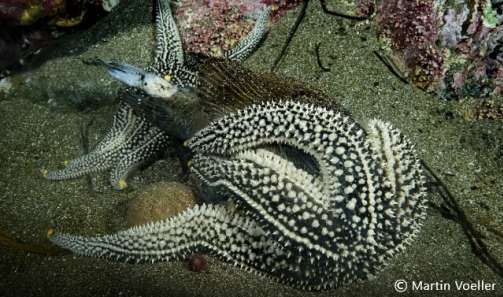
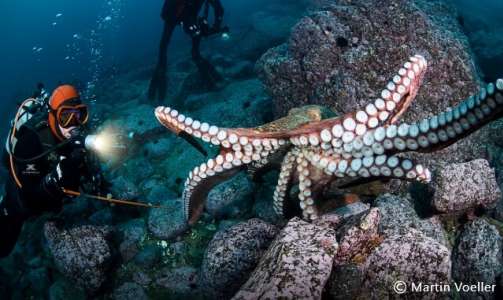
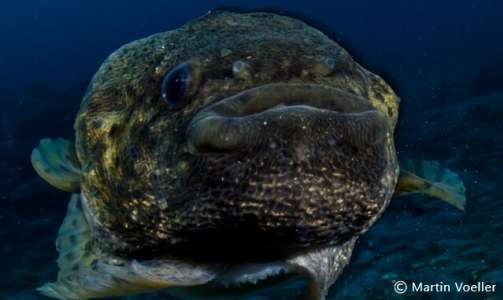
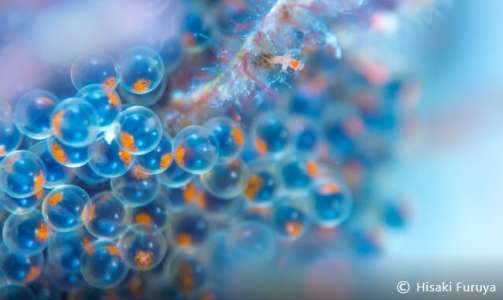
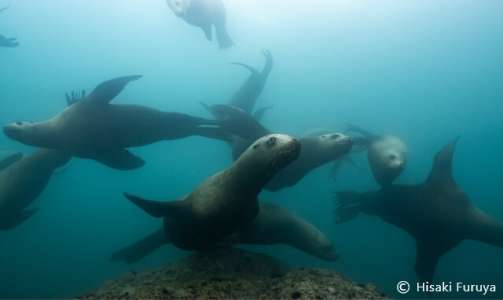
Season Calendar for Divers
Dive Sites of Hokkaido
Cape Shakotan
Diving points are located along Cape Shakotan, accessible via boat from the port in front of the dive shop in just under 10 minutes. You can dive all year round. The ocean becomes so blue during the summer months that the locals call it “Shakotan Blue.”
During the winter, giant octopus and Steller sea lions are the stars of the sea. They are at the top of the food chain here. You can also see lumpsucker fish, fat greenlings, and spot-bellied greenlings, which are all at the bottom of the food chain and become prey to the sea lions and octopuses.
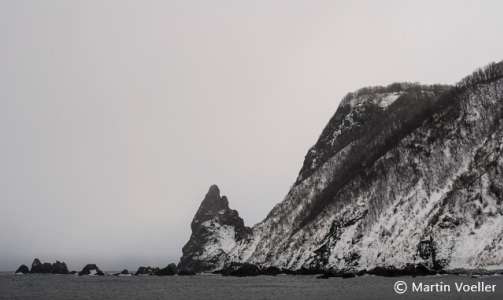
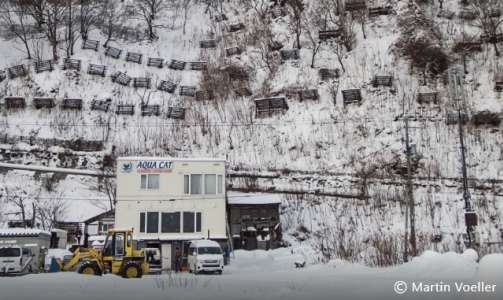
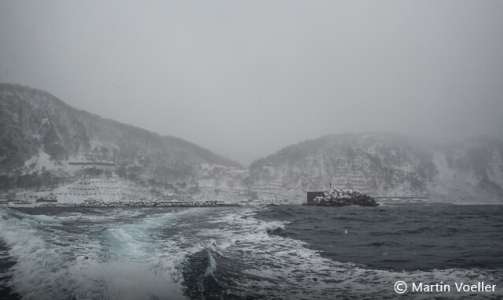
Hakodate Usujiri
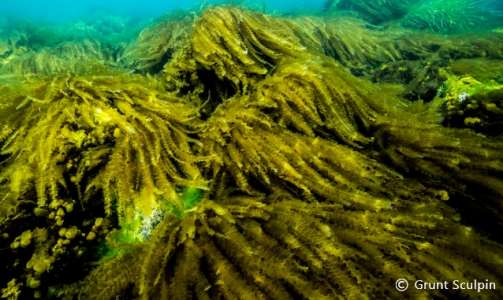
An area with an ancient history dating back 7,000 years. The abundance of marine life here is said to be one of the reasons for its history.
The sea kelp forest in the bay nurtures a diverse array of marine life, giving balance to its wonderful environment. The water temperature may go down to as low as 2°C during the winter but will rise up to 21°C during the summer months. From baby-smooth lumpsuckers in the spring to sea angels (clione) in the winter, there are many different creatures waiting to meet you in these waters.
Shiretoko Peninsula
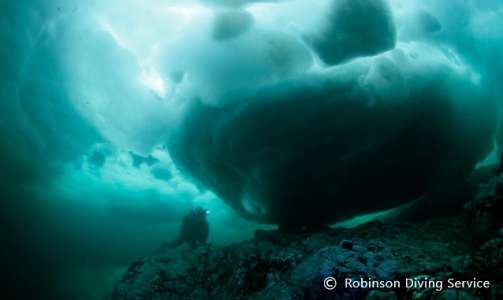
Shiretoko Peninsula, located in the Sea of Okhotsk, is famous for drift ice diving and its status as a Natural World Heritage site. The area’s ice originates at the Amur River in Russia and is carried down south to the Shiretoko area, where the drift ice lasts longer than anywhere else in Hokkaido. The drift ice diving season starts in February every year when the ice arrives. The water may be very cold, but the world under the drifting ice is a memorable sight.
If you’re lucky, you may encounter the natural seal during your dive in this beautiful ocean. After diving, you can enjoy local delights, such as the famous hot springs at Utoro and tasty seafood dishes.
How to get there
A Must-do Bucket List Dive in Winter
Hokkaido is mostly known among tourists as a skiing destination during the winter months, but why not add diving in Shakotan to your to-do list while visiting Hokkaido? Shakotan is roughly 3 hours away from Sapporo via train/bus. Of course, you can also drive by car to Shakotan from Sapporo if you feel comfortable driving in deep powder snow. (Note: You should not ski or snowboard immediately after diving, as there is a risk of decompression sickness)




















































